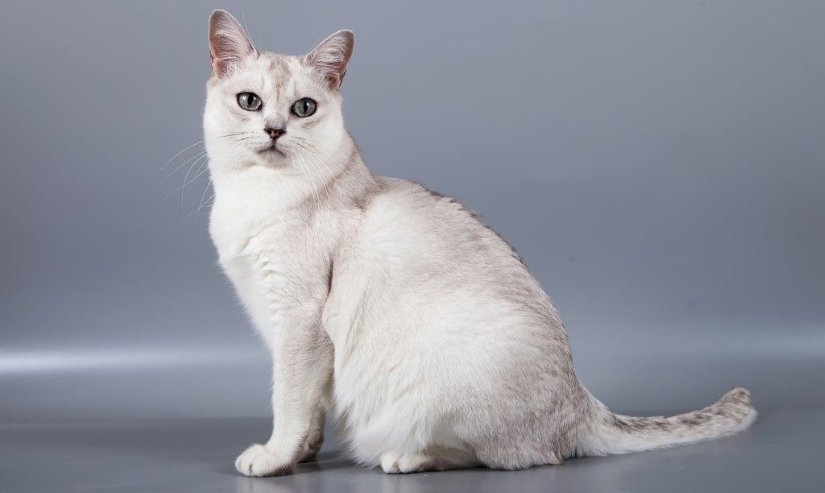The Burmilla is an accidental cat breed comes from the U.K, and originated in 1981. Breeders bred the Chinchilla Persian cat breed with the Burmese cat breed. This is one of the newest cat breeds to join the CFA cat breed, yet this cat breed has been around for the past thirty years. They are rare in the U.S.
Brief History
The Burmilla was recognized in 1984, when the cat breed standards were formed. This breed had championship status in the U.K by 1990. Sanquist, a Chinchilla Persian cat was bred to Faberge, a brown tortie Burmese male cat in 1981. The Governing Council of the Cat fancy (GCFF) stated that the Burmilla was part of the Asian cat breed. The FIFE accepted this cat breed as the Burmilla. That said, the shaded and the tipped silver Burmilla’s are recognized by the CCCA, ACF, CFA, and the FIFE. In Australia, they are known as the Australian Tiffanie. By 2011. The Burmilla was registered in the Cat Fanciers Association Miscellaneous Class.
Physical Description
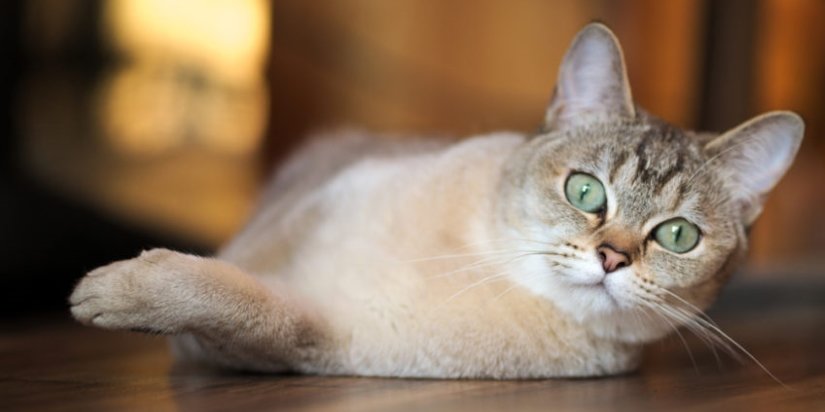
This is a medium sized cat breed. The legs are of medium-length. With a muscular body, and glittery silver coat, the Burmilla cat breed looks like he is wearing make-up. That said, this cat breed has markings lining the nose, lips and eyes. The head is rounded with a good chin; the ears are spaced well. They are slightly rounded at the tips. The eyes are large, and can be any shade of green. There may be a hint of yellow or gold in adolescent cats or kittens.
The coat can be either semi- long, or short. Coat colors can be chocolate, black, blue, brown, or lilac. The semi-long is the Tiffanie. Today, the most common Burmilla is the short haired cat breed. The coat feels padded because of the undercoat. The texture is silky. The tail is full.




New Breed
The Burmilla Cat breed is a sweet and kind cat breed that enjoys being pampered. Although energetic if not exercised, or mentally stimulated, the Burmilla fancies lots of cuddles and cute cat toys. The Burmilla can be aloof when needing time alone, but is also affectionate with immediate family. Burmilla cats do well in a quiet home where nothing unusual happens.
This wonderful cat breed tends to be placid in nature, and are friendly with strangers. Opt for numerous puzzle toys, as well as interactive cat toys to keep your Burmilla busy. Animal Planet TV also works well to curb off loneliness when you’re out and about. Burmilla cat parents often choose to have other cats to keep each other company, since this cat breed has to have company.
Special Needs
The Burmilla does best as an indoor cat, but many have done well out in farms as well. This cat breed may be prone to certain illnesses, so it’s best to always keep a close eye on this fabulous cat breed. This cat breed is intelligent, and does well with apartment living or home living. The Burmilla needs to be indoors during the hot summer months, as it is heat sensitive. It is a wonderfully easy cat breed to live with, but does need mental stimulation. The Burmilla gets bored and incredibly depressed and anxious when alone for long periods of time.
Litter boxes for cats need to be kept clean, or your cat may not use it. All cats will need parasite control and routine health care throughout its life. This means vaccinating your cats. This is an important part of keeping your cats healthy throughout their lives. Consult with your veterinarian for advice as to the safest flea and tick products to use.
Your Burmilla will also need to be spayed or neutered. Your cat needs to be protected from household dangers like cleaning supplies, toxic plants, electrical cords, and aggressive animals. Cats are carnivores, and will need a high-quality diet with plenty of fresh water every day. Exercise can be achieved through a variety of play toys that encourage running and a game of chase. Sedentary cats may be prone to obesity, and health problems later on in life. The Burmilla can play fetch, and rather enjoys learning new cat tricks with clicker training. This cat breed is a friendly and intelligent cat breed. This is a people- driven cat breed that constantly wants to give love and get love.
Possible Health Concerns
The Burmilla is a healthy and moderately active cat breed that may be susceptible to the following health conditions:
- Polycystic Kidney Disease. This occurs when the polycystic kidney has numerous cysts within the functioning part of the kidney resulting in enlarged kidneys. Consult with your veterinarian if your Burmilla vomits frequently, has a decreased appetite, and increased thirst or urination.
- Gingivitis: Regular dental care will reduce plaque development in your Burmilla, which can lead to gingivitis and gum disease. With gingivitis, the gums will become inflamed because of plaque. Ligaments and bone are not yet affected. By including daily tooth brushing, dietary changes, using a plaque prevention gel, and oral rinses, you’ll be helping your cat. Consulting with your veterinarian for preventative cleanings every 3 months to save your cat’s teeth.
- Ringworm: This is an infection of the skin, hair, or claws, and is caused by a fungus called dermatophyte. This occurs in 98% of cats. It spreads easily from cats to people. Symptoms include circular, bald patches that scale and have broken hairs in a ring-like fashion. Consult with your veterinarian for advice.
- Heat Sensitivity: Cats will sweat through their foot pads. The Burmilla needs to be kept indoors during the hot summer months. This cat breed needs lots of fresh water to drink, cool places to lie in, and a cool home during extreme summers. Symptoms of heat exhaustion include a fast heart rate, sunken eyes, and excessive panting. If your Burmilla is a senior cat or is obese, it will be necessary to watch closely for heat exhaustion.
Exercise
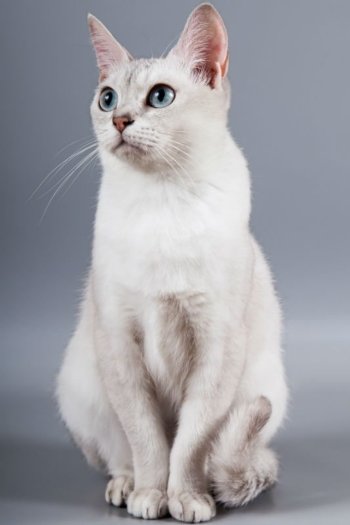
The Burmilla cat breed needs daily exercise combined with plenty of mental stimulation through active play and interaction with people. Cat parents can use cat toys like the Mousr or Cat Dancer to get their cats to play. This will encourage your cat to play. Finding a variety of mentally stimulating cat toys will allow for your cat to lead a well-balanced life, with the right amount of exercise and mental stimulation. Cat harnesses also allow for daily walks.
The Burmilla is a sedate and independent cat breed, that thrives on attention. That said, this cat breed still needs to play and interact with people. Cat gyms, cat scratchers, and interactive cat toys within a cat friendly home environment work best for this fabulous cat breed.
Look out for the latest cat toys like Ripple rug play mats, the Feather Whirls, pet cube toys, food trees, turbo scratcher toys, cat companion interactive toys, and electronic motion toys. All these and many more will keep your cat entertained when you’re out and about.
Chasing, hunting, and attacking toys are some of the methods that cats will use when playing with interactive toys. When out shopping for cat toys, opt for safe TPA materials that have no toxic BPA or BHT. Multilevel spinning ball cat toys help cats bat and chase play. Ultimately, what feline pet parents need to achieve is bonding through free play and exercise. Additionally, cats need plenty of scratching posts.
Nutrition
The Burmilla cat breed will need proper nutrition. That said, a high-quality diet that is appropriate for the specific life stage of the cat is necessary. Protein as an ingredient, needs to come first. Dry cat food is a popular choice because it promotes healthier gums and teeth. Yet, wet food is highly recommended by veterinarians because it provides more moisture to cats.
Cats don’t drink a lot of water and tend to sometimes get dehydrated. Wet cat food also has its benefits. By choosing a well-known name- brand cat food that has scientific backing, as well as quality control, cat parents can be assured that they are providing a well-balanced diet.
All cat breeds need high- quality fat and protein in their diets. They also need amino acids, including taurine that cannot be found in either human food or dog food. There are also numerous specialty diets for your cat that are formulated specifically for certain medical problems like urinary tract disorder, obesity, or kidney disease.
All cats do well by being fed twice daily. During kittenhood, kittens will need to be fed every few hours. Growing kittens need more calories, nutrients, vitamins, protein, and calories. Your Burmilla cat should be able to enjoy a peaceful meal in a quiet corner of the house. Some cat parents prefer to leave cat kibble out 24/7. When looking for a high-quality cat food, here’s what to look out for:
- No low-quality fillers
- No artificial additives
- Low grade ingredients or toxic ingredients
- All cat food has to be meat-based because all cats are carnivores.
- No garlic
- Plant-based ingredients should be listed after the protein-based ingredients
Consult with your veterinarian for the best dietary advice for your Burmilla cat.
Grooming
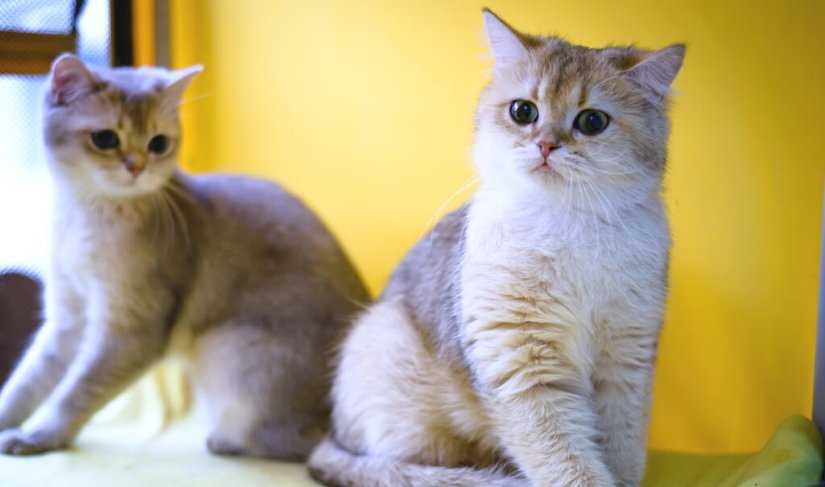
Cat pampering is a norm today with feline pet parents wanting the very best for the cats. Your Burmilla may be susceptible to skin diseases originating from flea bites, mites, yeast infections, and infections. Opt for natural cat grooming products to help resolve these skin irritants. All cat breeds are highly sensitive. By using grooming wipes and waterless shampoos in between bathing schedules, you’ll have a healthier cat.
The Burmilla needs daily grooming to remove shedding or dead hair. Because this breed has a short and fine, soft coat, grooming is easy. Stainless steel combs help to remove dead hair. Care must be taken when grooming leg hair and body hair to avoid sensitive areas. Some cats have very sensitive areas along their backs, legs, and belly area. Curry brushes help with grooming, and will remove dead hair and debris from your cat’s coat.
Look for high-quality pet products to decrease shedding, and help prevent hairballs. Products like the Furminator will easily groom through your cat’s coat, and safely remove dead hair without hurting your cat. Soft tip massagers, deluxe nail trimmers, and de-shedding tools all help make cat grooming so much easier.
All cat breeds will groom themselves several times throughout the day. Daily grooming is necessary because it limits the amount of hair that your cat will consume. This helps limit the development of hairballs. Your Burmilla will enjoy being groomed. Coat hair always looks best during the cold winter months. Cats that have been spayed or neutered will have great coats year- round. This is because hormonal changes in cats affects coat length and thickness.
Daily cleaning with pet wipes beneath the tail is necessary. Ears should be checked weekly for cleanliness and sensitivity. If there is a build-up of wax and dirt, organisms can lead to an ear infection. Consult with your veterinarian about safe and gentle ear cleaning techniques. Nail trimming is necessary every few weeks. Eyes should also be cleaned gently every morning with cotton wool or a soft wipe. Each eye should be cleaned with different wipes or cotton balls to avoid eye infection contamination in both eyes.
Healthy Burmilla cats need minimal bathing with a gentle cat shampoo. Your cat will need dental care as well. By feeding dry food, and having professional dental cleanings with your veterinarian throughout your cat’s lifetime, your cat will have less of a chance of developing gingivitis or gum disease. Cats should also have their teeth brushed a few times a week with a special feline toothpaste and brush.
Adopting a Burmese
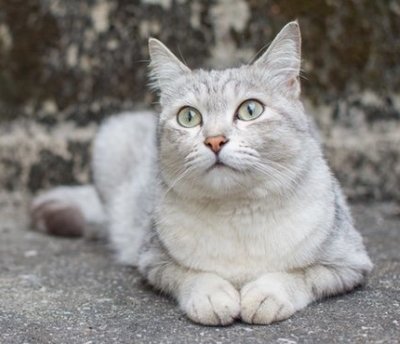
After doing lots of research about the cat breed that you’re wanting to adopt, you may be asking yourself a few questions. That said, consider what characteristics are important to you and your family before purchasing or adopting a feline. Your new cat will become a friend and part of the family for life. Regardless of which breed, or whether you choose to adopt or purchase, being prepared in every way helps achieve a more satisfying experience for both you and your Burmilla.
Socialization is very important for all cat breeds, no matter how sweet a breed is. With socialization, cats learn how to get along with other cats, animals, and people. That said, your Burmilla should never be placed in a dangerous environment or be near aggressive dogs or people. This cat breed needs to spend a fair amount of time with his pet parent and family.
All cat breeds that have not been socialized during kittenhood, and during the latter stages of life will fear humans and avoid human contact. By playing with and providing the best care for your rescue, you’ll be developing a close bond, and working toward reducing, and eventually eliminating any negative feline behaviors with positive clicker training.
Natural feline behaviors like urine marking, soiling outside the litter box, fighting with a new cat, may be behaviors that you’ll have to deal with when bringing your new cat home. If you have other cats at home, they may be territorial, and see the newcomer as a threat. All these problems can be worked through with the help of a good veterinarian and cat behavioral therapist.
That said, the Burmilla is one of the most popular cat breeds around the world! With their intelligence and fun personalities, this vocal cat breed has plenty of attitude. Adopting a Burmilla will be extremely rewarding! With so many cats up for adoption, it is the only way to go!
There are so many cats in shelters today that desperately need a good home. When choosing your cat, ask questions, and look for a great temperament! Some cats like the Burmillas may be depressed or anxious at shelters, but soon settle down in their new homes, and become very friendly and sociable. Give your cat plenty of time to settle down at home.
In addition, kittens should be playful and curious. Sickly kittens that have bad odors or plenty of diarrhea stains, and a dull coat need to be seen by a veterinarian as soon as possible. Kittens when ill, can go downhill very quickly. However, the rewards of adopting a sick animal and caring for it are tremendous, provided that good veterinary care is provided right away. Healthy Burmilla kittens will also need plenty of care, numerous daily feedings, veterinary check-up visits, socialization, and positive litter box training. Keep in mind that vaccinations and parasite control are an important part of feline health care.
Consider pet health insurance for your cat. With so many great and affordable pet health plans available today, there’s no reason to avoid keeping your pet covered in case of an emergency.
Your Burmilla will also need to be protected from household hazards, most especially electrical cables, poisonous plants, medication, and open windows. This cat breed makes for a wonderful adoption! As usual, make sure that children are always gentle and quiet around your cat, and that no aggressive dogs or animals are nearby.
Give your Burmilla time to adjust to his new surroundings. As with any cat adoption, make sure that you have the time and resources to take good care of this wonderful cat breed!
Burmilla Breeders in the USA
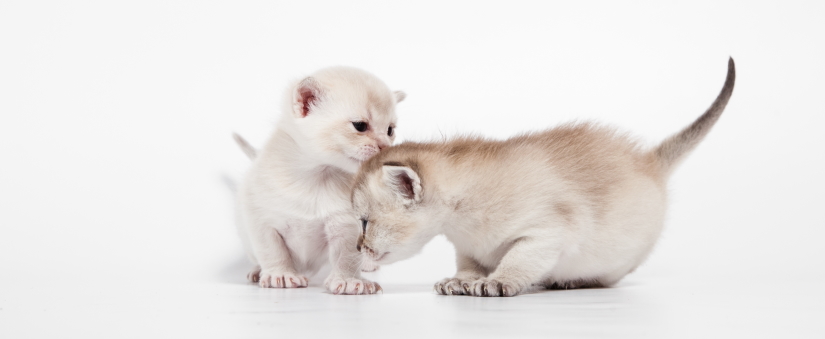
Bes Cattery Breeding Burmillas (Oregon)
- Address
- Beaverton, Oregon
- Website
- www.burmilla.us
- Phone
- (503) 427-0354
- cats@burmilla.us
Kasanovakatz Burmillas (Washington)
- Address
- Nine Mile Falls, Washington
- Website
- www.kasanovakatz.com
- Phone
- (916) 995-6306
- info@kasanovakatz.com
Kitzn Burmillas (Pennsylvania)
- Address
- Pottstown, Pennsylvania
- Website
- kitzn.com
- Phone
- (484) 985-8066
- kkimberlin2921@comcast.net
Breeders in the Canada
Catsland Cattery
- Address
- Québec
- Website
- www.chatterie-catsland.com
- Phone
- (503) 427-0354
- info@chatterie-catsland.com
